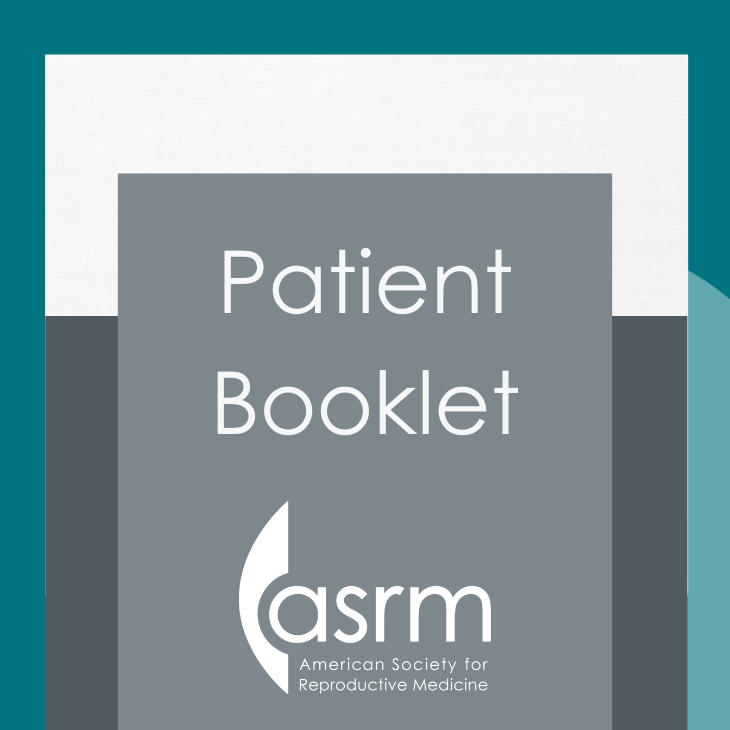Cross-border Reproductive Care
What is cross-border reproductive care (CBRC)?
CBRC is traveling from where you live to another country to obtain reproductive services and treatment. It could also be defined as traveling from where you live to another state. Another definition is: “CBRC is the movement of persons from one jurisdiction to another in order to access or provide fertility treatments.”CBRC is becoming increasingly common, but the absence of any kind of global registry and the minimal international monitoring of CBRC make the collection of accurate statistics challenging. It is estimated that tens of thousands of patients cross borders to obtain care each year. The incidence of US patients traveling abroad is actually estimated to be lower than the rate of patients coming to the US.
Why do patients choose CBRC?
There are several reasons that patients choose to travel outside their region for care. Some of the main reasons are:- Access to more resources and more extensive higher quality of care.
- Lower cost of treatment/reduced costs overall. Avoidance of legal, religious, and ethical restrictions and regulations from a departure country.
- Privacy or cultural comfort in a destination country.
What are the potential benefits of CBRC?
- Reduced costs
- High overall costs for treatment and services in departure country.
- Lower third-party service costs (e.g., gamete/embryo donation and gestational carriers) in destination countries.
- Improved Access
- There may be long wait times in the departure country that could delay the time it takes to receive treatment.
- There may be few available donors and/or gestational carriers in the departure country. This can be due to restrictive regulations, low compensation, and/or the requirement to reveal the donor’s identity.
- The departure country may restrict access to care based on patient age, marital status, and sexual orientation.
- The departure country may restrict treatment options such as preimplantation genetic testing (PGT), sex selection, payment for gamete donation, and embryo freezing.
- Comfort
- Destination clinics may have more highly trained staff, use more up-to-date equipment, and have more specialized services.
- Patients may choose a destination country where they have family support or cultural comfort. They may also wish to have access to donor gametes that are the same ethnicity or race as they are.
What are concerns about CBRC?
Health and safety
The most serious concern for CRBC is for patient health and safety, including preventing the transmission of infectious diseases to patients or genetic disorders to their children. There are no international policies or laws about quality control measures and standard of care for CBRC patients.It is difficult to measure the quality and expertise of the physicians and embryology staff, the surgical and laboratory technology, or cleanliness to avoid contamination of eggs, sperm, and embryos. It is also difficult to determine if a gamete donor or gestational carrier is suitable.
Harm to the offspring may also occur in the case of a multiple pregnancy, which can lead to health problems, birth complications, and loss of life.
Information
Language and access to information may be obstacles for the patient. Receiving understandable information, adequate translation, a valid informed consent, and clear education and instruction may be difficult. For children born from donor eggs or sperm, information about their genetic history can be scarce. Follow-up care can be affected due to inadequate medical records about the care received abroad.Legal
In the event of patient harm abroad, it may be difficult to obtain legal advice and remedies. There can be problems with obtaining immigration paperwork for donor and gestational carrier-conceived offspring.
Emotional
There has been concern about the exploitation of gamete donors and gestational carriers in some destination countries. This may lead to physical, social, and psychological harm to the donors/carriers.Economic
Local patients may suffer if service prices in their community are raised. This can make access more difficult for reproductive and other health care.Fact Sheets/Booklets
View more fact sheets and booklets written by the ASRM Patient Education Committee.
Assisted Reproductive Technologies (booklet)
This booklet will help you understand in vitro fertilization (IVF) and other assisted reproductive technology (ART) that have become accepted medical treatments for infertility.
Hormonal Contraception
Hormonal contraceptives contain a progestin (progesterone medicine) with or without an estrogen.
What do I need to know about Zika virus and trying to have a baby?
Common symptoms include fever, rash, joint pain, conjunctivitis (red eyes), muscle pain, and headache.
Third-Party Reproduction
The phrase “third-party reproduction” refers to involving someone other than the individual or couple that plans to raise the child (intended parent[s]) in the process of reproduction.Third-Party Reproduction
Find a Health Professional
Connect with reproductive medicine experts who will guide you through your unique journey. Our search tool allows personalized matches based on location, specialization, and expertise. Take control of your reproductive health with compassionate providers, innovative treatments, and unwavering support.
Search for an Expert











